Introducing “Beyond the Gates: A Cemetery Explorer’s Guide” Blog Series by Corinne Elicone and Zoë G. Burnett
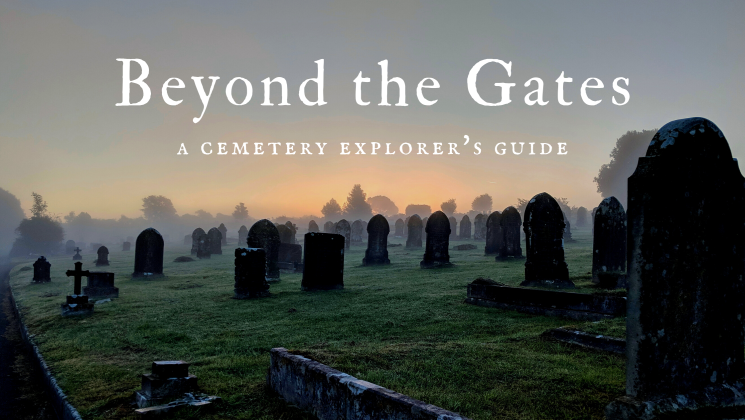
Beyond the Gates: A Cemetery Explorer’s Guide is a blog hosted by The Friends of Mount Auburn Cemetery written and researched by Corinne Elicone and Zoë G. Burnett. Inspired by Andrew Kull’s New England Cemeteries; a Collector’s Guide, our intention for this blog is to rediscover the out of the way and obscure graveyards that surround us, as well as to uncover new histories among the more well-trod grounds of prominent burial places. We began during a pandemic, when the need to social distance while experiencing the outdoors was (and still is) crucial. With this blog as a guide, visitors can experience cemeteries in a new way, perhaps learning something new about the roadside bone garden in their hometown or planning a roadtrip to other sites in the area. As important landmarks of cultural heritage, our hope is that interest in these quiet places will help to preserve and educate us about our past and, ultimately, everyone’s shared future.
NEW ENGLAND CEMETERIES – A PRIMER
Mount Auburn, as old and foundational as it appears to us today, was actually formed in contrast to an even older era of burial grounds. Colonial Burial Grounds of the 17th and 18th centuries, similarly to Mount Auburn, had their own style, their own missions, and their own problems. When European settlers first landed in the New World in the early 1600s burial grounds were not sentimental places. In fact, the Pilgrims took little care to even mark the graves of the deceased, and it wasn’t until the 1650s that stone markers for graves would become the norm. Death in the time where Calvinism was the dominant religious belief amongst European settlers was a rather hopeless situation. The fate of your soul in the afterlife had already been pre-determined at birth. There was nothing that you or your family could do to change your fate, including having proper christian burial services and erecting a monument to your memory. It was simply superfluous. But yet, stone monuments did become common sights in New England Burial Grounds from the 1650’s until today.
EVOLUTION OF GRAVESTONE ICONOGRAPHY
In the later half of the 1600’s through the 1700’s Memento Mori would reign supreme in New England burial grounds pocked with slate tombstones. In Boston, The Granary and King’s Chapel burying grounds became gruesome and terrifying sights as they were filled to the brim with more and more dead New Englanders. In the early 1800s, concerned with the growing hazard of fetid “miasmas” wafting through the air from these sites of mass death and suffering, a group of amateur horticulturalists desperately sought a way out of this grim and detached tradition. Their proposed solution would become the meticulously manicured, delicate, and sentimental garden cemetery named Mount Auburn – placed deliberately away from the claustrophobia of industrializing Boston in the natural rolling farmlands of Cambridge, Massachusetts.
To understand Mount Auburn Cemetery is to understand what came before it. To interpret the landscape as a deliberate response to the aching so many felt for collective mourning, remembrance, and preservation of legacy, not only as a rapidly developing new nation, but also as people rapidly developing medical science, and philosophical identities where death and grief did not have to be relegated to pits of mass despair.
We hope throughout this series you learn about the burial grounds that inspired Mount Auburn and even (in some cases) the burial grounds that were inspired by it.
BLOG POSTS
- Beyond the Gates: A Cemetery Explorer’s Guide to the Old Town Cemetery in Mansfield, MA
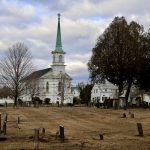 Possibly the burial ground of Mansfield’s first parish, settled in 1658, many graves in the Old Town Cemetery predate the town’s 1775 incorporation. Continue reading
Possibly the burial ground of Mansfield’s first parish, settled in 1658, many graves in the Old Town Cemetery predate the town’s 1775 incorporation. Continue reading - Beyond the Gates: A Cemetery Explorer’s Guide to Spring Brook Cemetery in Mansfield, Massachusetts
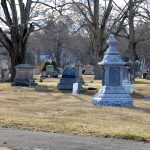 Spring Brook Cemetery, consecrated in 1860, has a clear boundary between the old and the new… Continue reading
Spring Brook Cemetery, consecrated in 1860, has a clear boundary between the old and the new… Continue reading - Beyond the Gates: A Cemetery Explorer’s Guide to the Old Burying Ground of Groton, MA
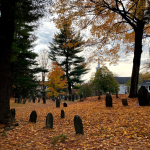 Just off the main road going through Groton’s historic town center is the Old Burying Ground, where its citizens were buried since 1678, a period from which wooden markers sadly do not survive. Continue reading
Just off the main road going through Groton’s historic town center is the Old Burying Ground, where its citizens were buried since 1678, a period from which wooden markers sadly do not survive. Continue reading - Beyond the Gates: A Cemetery Explorer’s Guide to Life Forest Conservation Cemetery
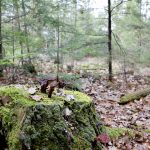 Something a little different for our readers today: tombstones turn into trees at a conservation cemetery founded in the year 2020 Continue reading
Something a little different for our readers today: tombstones turn into trees at a conservation cemetery founded in the year 2020 Continue reading - Beyond the Gates: A Cemetery Explorer’s Guide to Walton Cemetery in Pepperell, Massachusetts
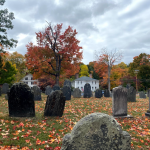 The earliest graves show fearsome skulls with eye sockets bored deep, and soon ornate winged skulls give way to infant-like craniums flanked with crossbones and odd, swaddled faces. Continue reading
The earliest graves show fearsome skulls with eye sockets bored deep, and soon ornate winged skulls give way to infant-like craniums flanked with crossbones and odd, swaddled faces. Continue reading - Beyond the Gates: A Cemetery Explorer’s Guide to Rumney Marsh Burial Ground Revere, MA
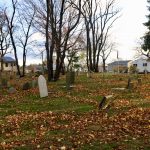 Little precious details appear to be the reward of curious cemetery sleuths meandering the grounds at Rumney Marsh: tiny skulls, little imps, mysterious circles, a broken stem of a flower. Continue reading
Little precious details appear to be the reward of curious cemetery sleuths meandering the grounds at Rumney Marsh: tiny skulls, little imps, mysterious circles, a broken stem of a flower. Continue reading - Beyond the Gates: A Cemetery Explorer’s Guide to the Old Burial Grounds Ashby, MA
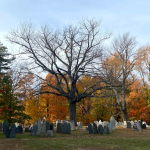 Peppered with grumpy cherubim tympana, the cemetery also boasts many architecturally impressive urn motifs. Continue reading
Peppered with grumpy cherubim tympana, the cemetery also boasts many architecturally impressive urn motifs. Continue reading - Beyond the Gates: A Cemetery Explorer’s Guide to the Shaker Cemetery Harvard, MA
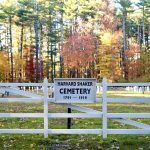 In 1791 the eccentric Harvard community of Shakers started laying plans for a place to bury their dead. Continue reading
In 1791 the eccentric Harvard community of Shakers started laying plans for a place to bury their dead. Continue reading - Beyond the Gates: A Cemetery Explorer’s Guide to Old Burying Ground & Hillside Cemetery Townsend, MA
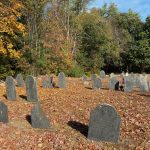 It was here, in Townsend that I first became acquainted with the wealth of funerary art hosted by our little town, dating from at least the 1730s to the early nineteenth century Continue reading
It was here, in Townsend that I first became acquainted with the wealth of funerary art hosted by our little town, dating from at least the 1730s to the early nineteenth century Continue reading - Beyond the Gates: A Cemetery Explorer’s Guide to Burial Hill Plymouth, MA
 It’s 1620, and a group of religious English radicals arrive on the shores of the New World in a small, smelly, wooden floating world. Or at least, it’s new to them. Immediately, they will need a place to bury their dead. Continue reading
It’s 1620, and a group of religious English radicals arrive on the shores of the New World in a small, smelly, wooden floating world. Or at least, it’s new to them. Immediately, they will need a place to bury their dead. Continue reading
Check this page every so often for new entries!
A NOTE ON CEMETERY ETIQUETTE
Mount Auburn as the landmark and organization it is, has very clear expectations of the behavior of its visitors. There are no dogs allowed in the cemetery, no bike riding or picnicking, no climbing the trees, no touching the monuments – the list goes on. This is to say that some of the burial grounds we will explore in this series do not have clear guidelines for you and your friends and family to adhere to. However, this does not mean that all activities should be fair game. Burial Grounds, Cemeteries (ancient or new) are places of memory and emotion, unspeakable loss and tragedy and are, on-the-whole, fragile outdoor museums. If you decide to bring your dog to these places, please also think of where the dog will do its business, and whether that will be on someone’s grave – marked or unmarked. If you decide to bring a picnic, please carry in and carry out. If you decide to climb the trees also realize that if a branch breaks, you could not only hurt yourself, but also irrevocably damage a 400 year old stone that remains the only physical manifestation left of a person who lived and died centuries ago. This all being said, some cemeteries and burial grounds do have posted rules and guidelines. Be sure to check on their website or look around for a posted sign when you arrive.
Many of the burial grounds we plan to feature will also be in more remote, rural areas. These sites are no less precious than their more prestigious peers, and should be treated just as delicately if not more so. You might be the first person in months to visit, and often that shows. Vandalism and litter are sad but common sights, dilapidated stones even more so. If the gates of a graveyard are locked, then visiting hours are indeed over. Fence-hopping is not only dangerous for you and the stones, but is also likely to get you in trouble for trespassing if spotted. Many cemeteries prohibit the practice of stone rubbing, Mount Auburn included, and in places that are less well-kept you must use your own best judgement. Although a harmless activity when done properly on an undamaged stone, it takes only seconds for the paper to tear and get wax on the stone, or even for the stone itself to break off. Markers covered in lichen or made of flaking slate should be avoided. Photography is an easy alternative in these cases, and upon later review you may find even more details that you hadn’t initially seen. Even in the tranquility of these places, you must also be aware and vigilant of your surroundings. Bring a friend along, or at least let someone know your activities and whereabouts for the day. There are many safe, fun ways to engage with these cultural landmarks. All that’s needed is curiosity, a bit of common sense, and sometimes a strong stomach.
Happy Exploring!
ABOUT THE AUTHORS
CORINNE ELICONE

Corinne Elicone is the Events & Outreach Coordinator at Mount Auburn Cemetery. She curates Mount Auburn’s “death positive” programming, online video content, and historic walking tours of the grounds. She is also Mount Auburn’s first female crematory operator in their near 190 year history.
ZOË G. BURNETT

Z.G. Burnett is a writer and editor with a background in early American history and material culture. She has been published by The Attic on Eighth, Ivy-Style, and The Vintage Woman Magazine. Combining her passion for the paranormal and everything pink, Z.G. is currently working on her first personal style guide.
if you are a representative of a cemetery or a cemetery historian and would like to see your cemetery featured in this blog series please email Corinne Elicone at celicone@mountauburn.org
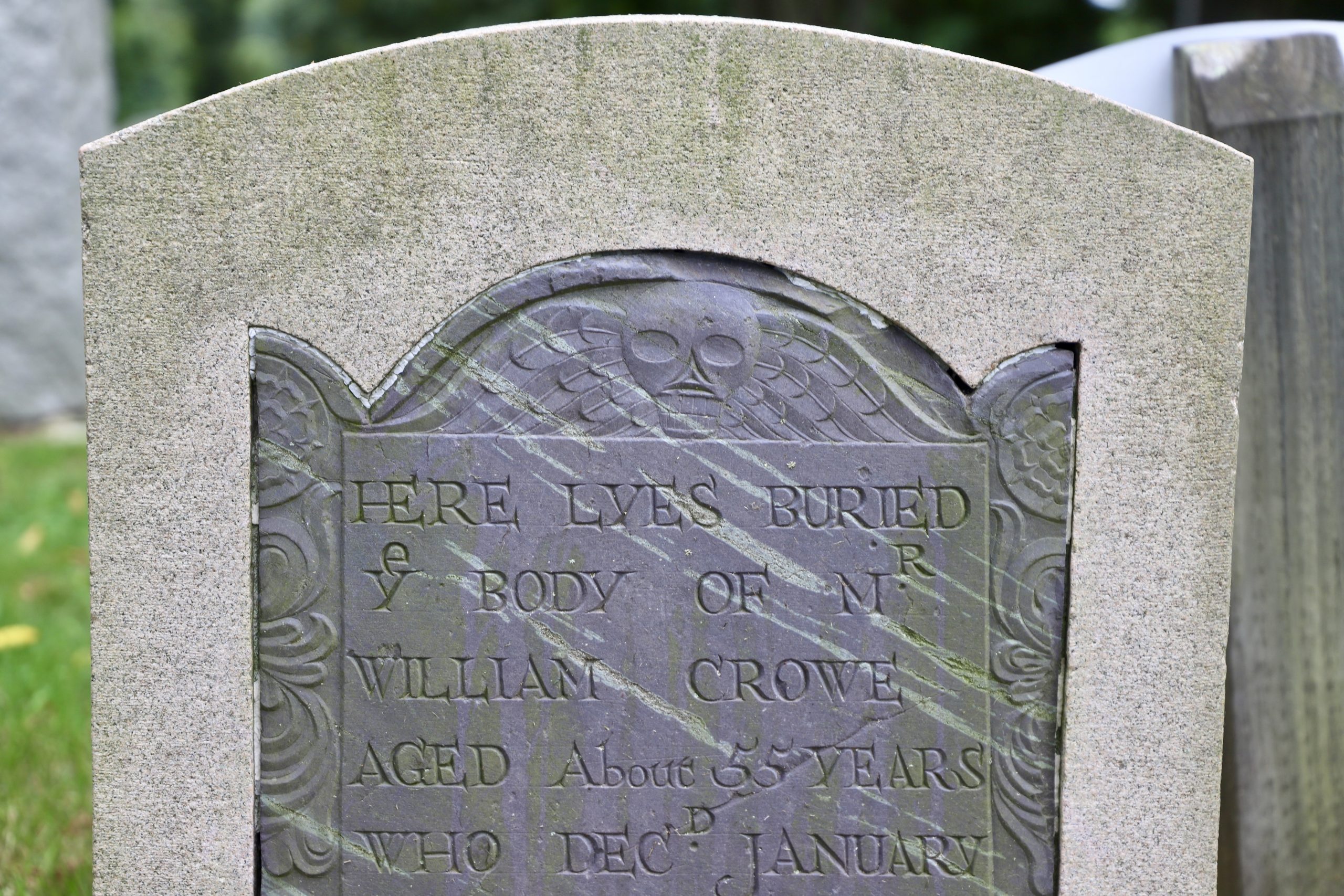
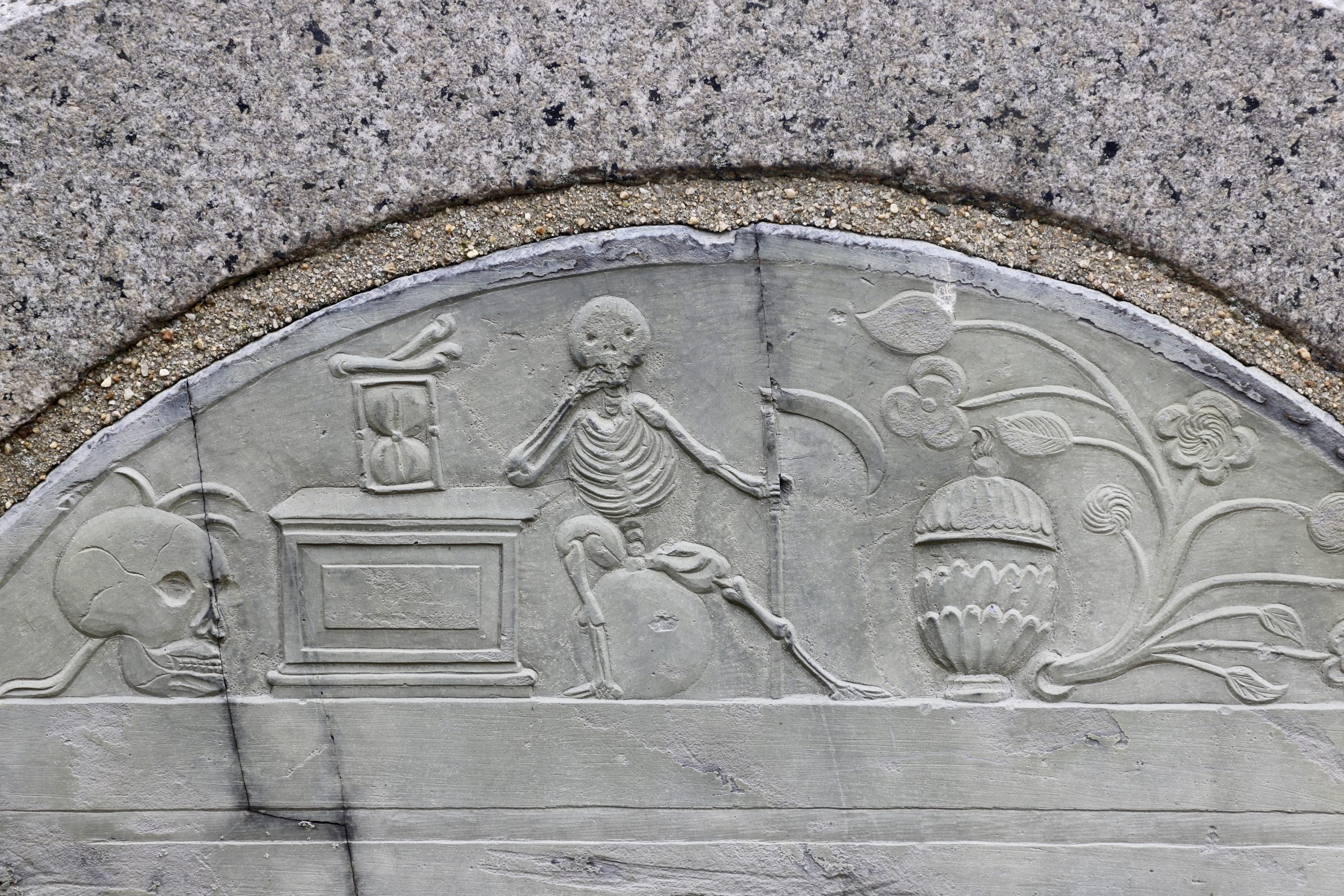
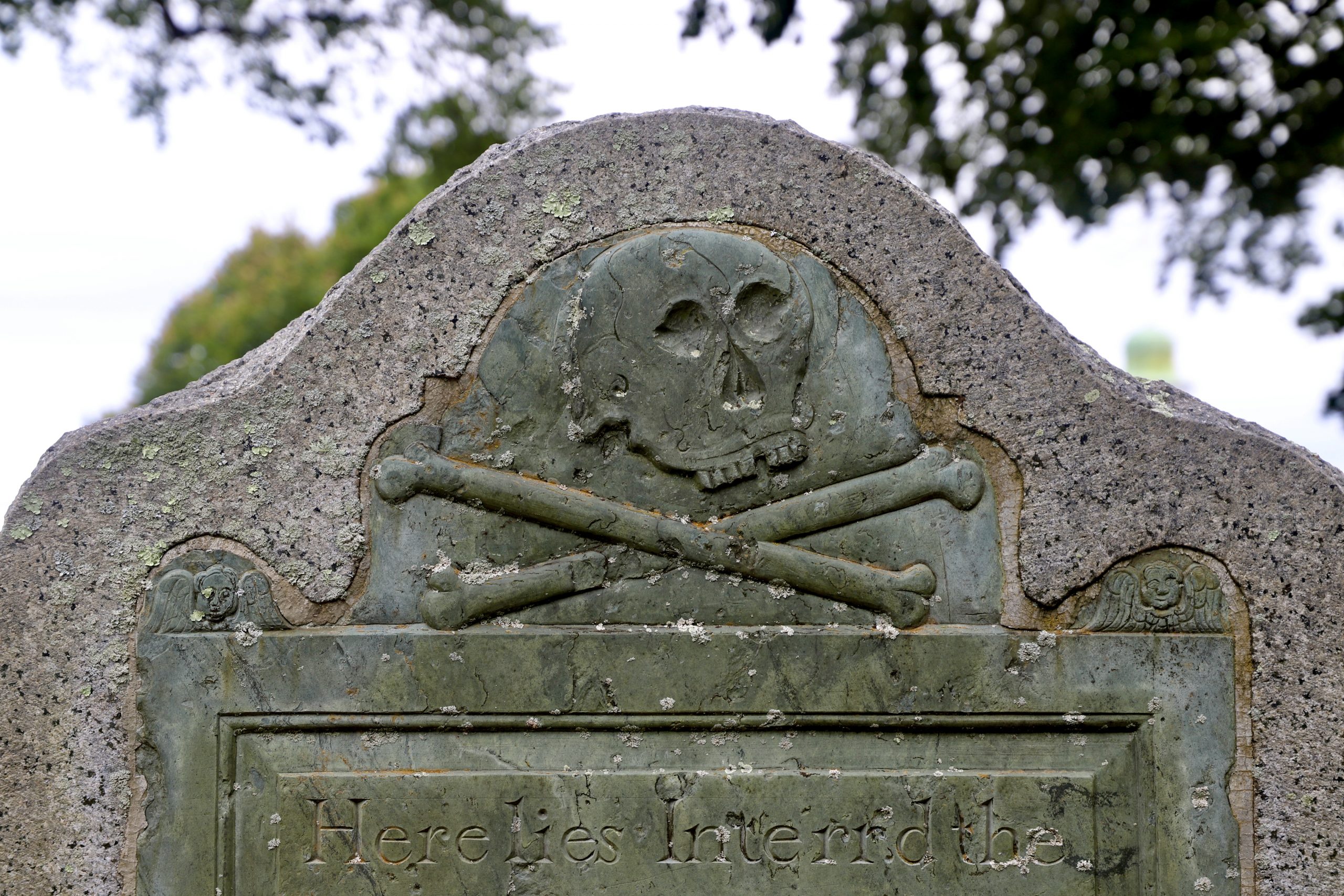
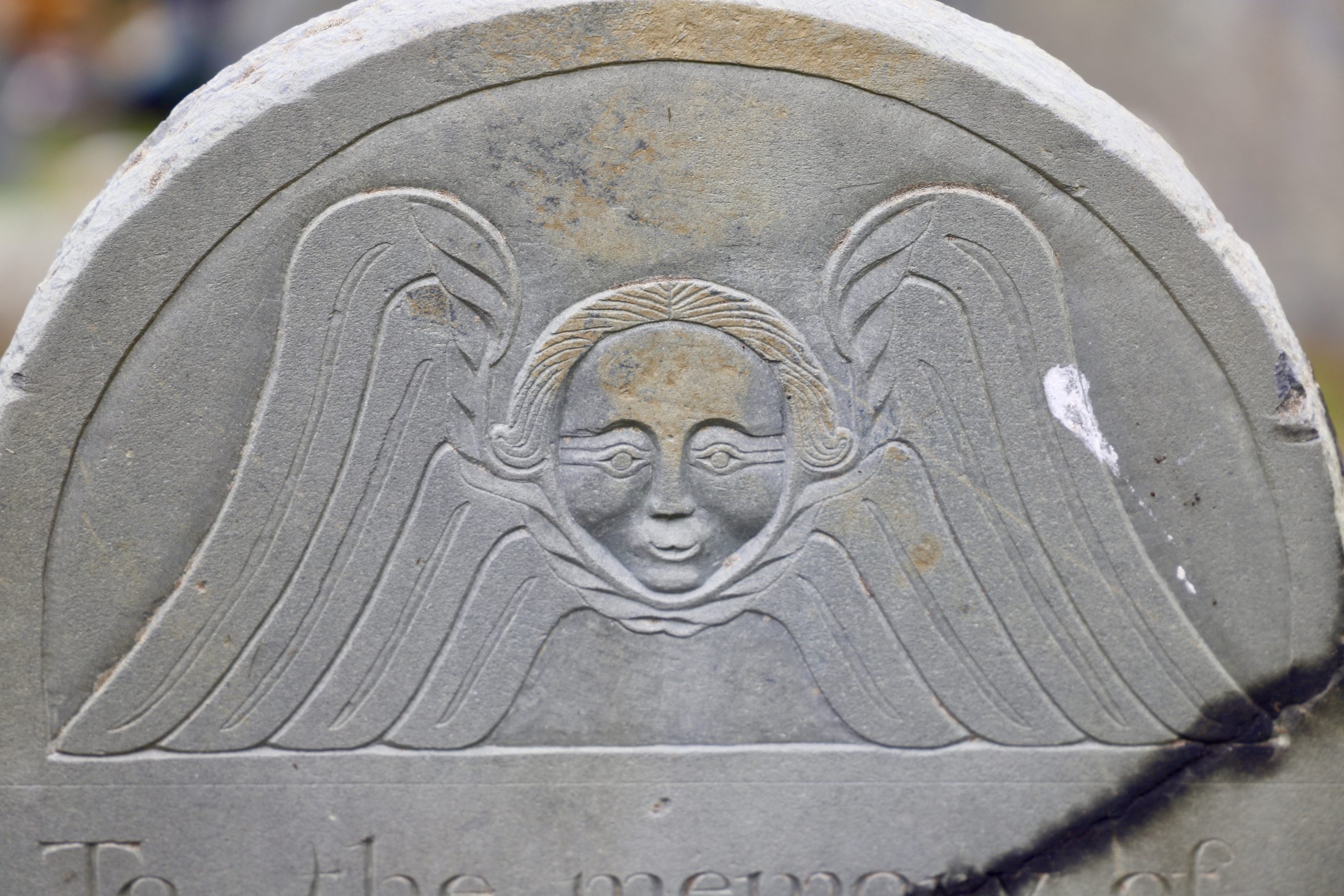
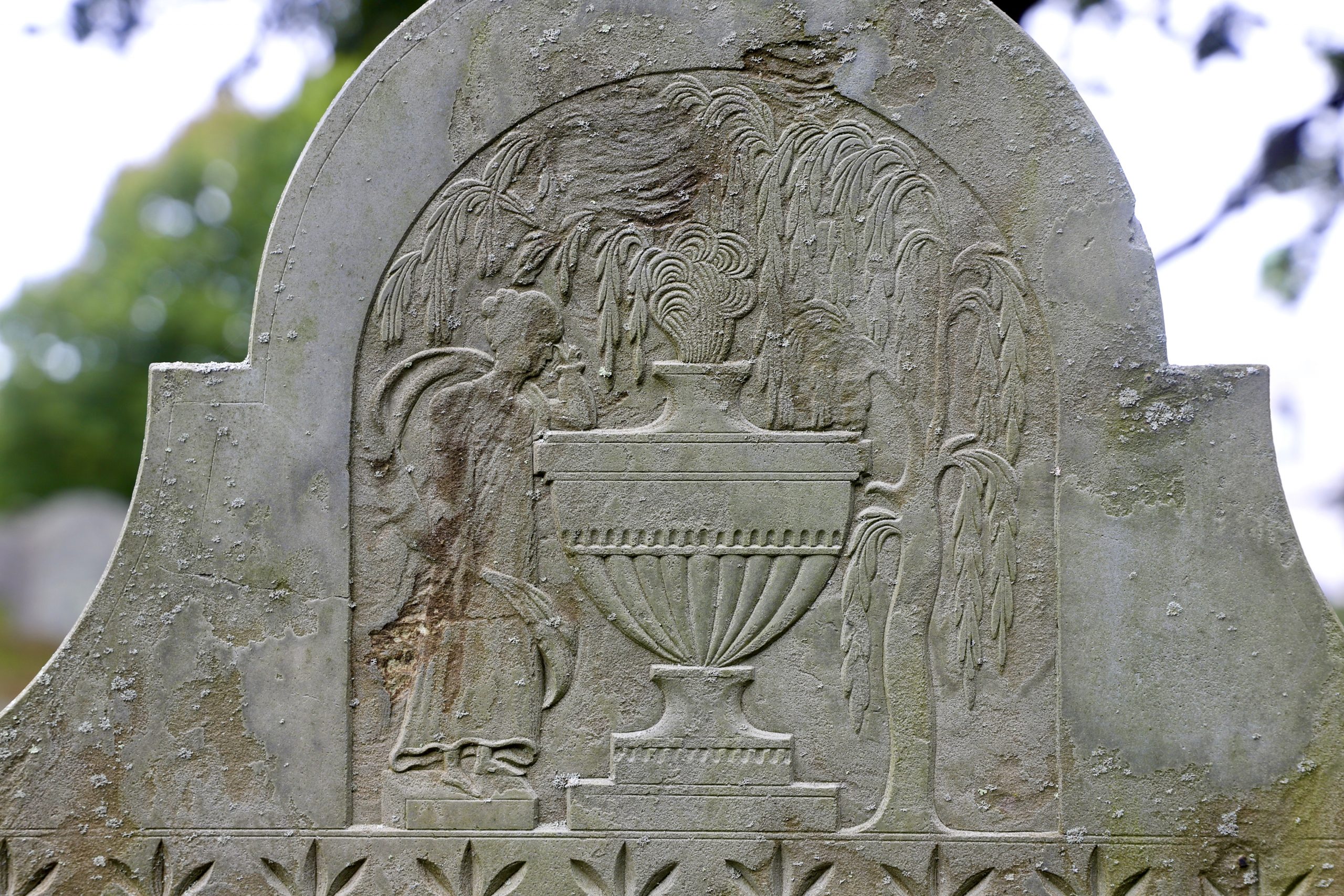
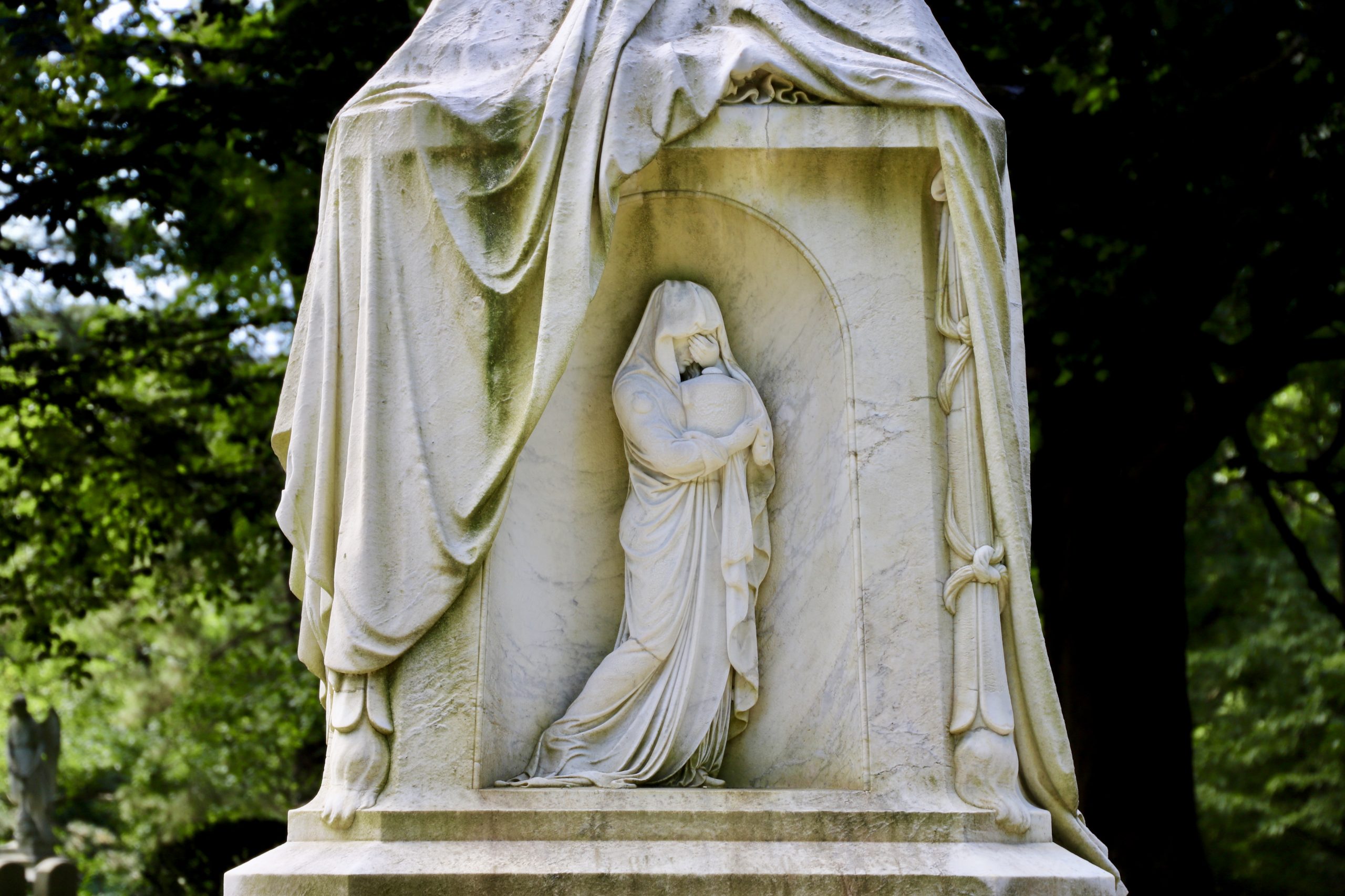
Leave a Reply